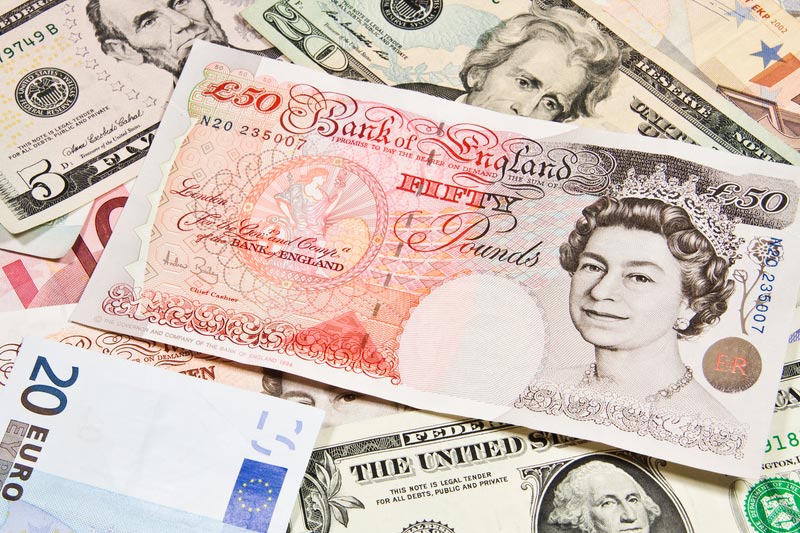Investing.com – The pound continued to show weakness on Tuesday despite official data showing a larger than expected increase in inflation and while markets waited for the International Monetary Fund (IMF) to slash economic forecasts in the wake of the U.K.’s decision to leave the European Union.
In a report, the U.K. Office for National Statistics said the rate of consumer price inflation (CPI) rose by a seasonally adjusted 0.5% last month, above forecasts for a gain of 0.4% and compared to the 0.3% increase seen in May.
Though sterling initially pared losses on the news managing to break through $1.32, the strength was shown to be temporary.
At 9:01AM GMT, or 5:01AM ET, GBP/USD was trading down 0.55% to 1.3181, near levels seen just prior to the release. EUR/GBP showed a similar pattern, trading up 0.47% to 0.8392.
On Monday, the pound hit intraday highs after Bank of England policymaker said he was unsure if he would support an interest rate cut at the central bank’s August meeting.
The comments, which came during a speech in London, contrast with the view of most other BoE policymakers.
Last Thursday’s minutes of the BoE’s July meeting gave a clear indication the bank will ease monetary policy next month to counteract the negative economic shock from the Brexit vote.
The BoE kept interest rates on hold at 0.5% in a surprise decision.
Meanwhile, credit rating agency Moody’s warned in a report issued late Monday that the U.K.’s credit worthiness was under downward pressure following its decision to exit the EU.
Moody’s said medium-term growth prospects for the British economy could be weaker if it fails to reach a new trade agreement with Europe and said that the growth would slow significantly in the near term.
The credit rating agency forecast the U.K.’s growth to be 1.5% in 2016 and close to 1% for 2017.
That report came ahead of the IMF’s own estimates scheduled to be released at 13:00GMT, or 9:00AM ET.
As part of the Fund’s update on the global outlook, it was expected to cut its growth forecast for the U.K. in 2017 from its previous projection of 2.2%.
